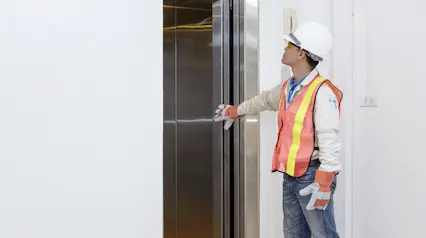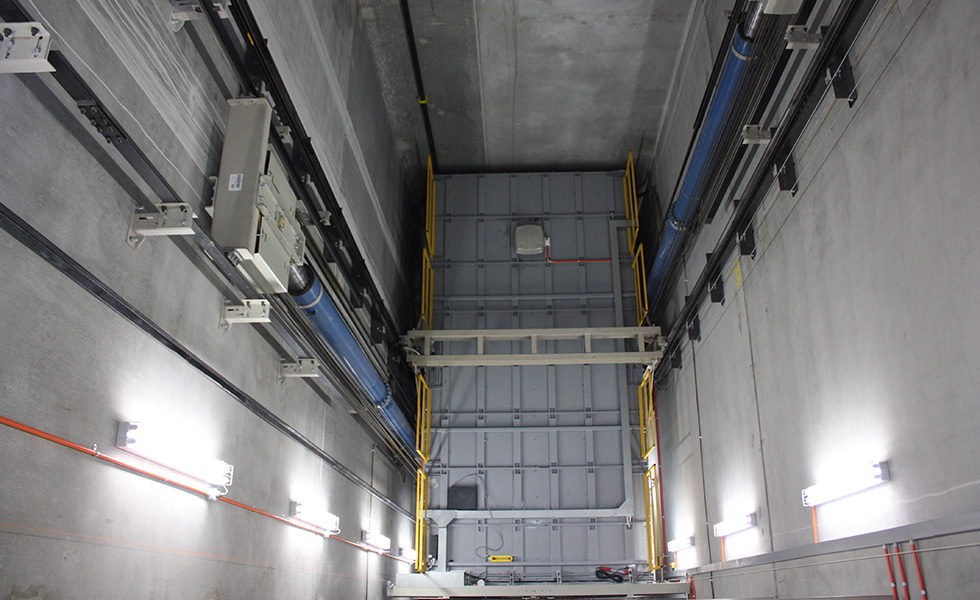Important Overview to Understanding Impaired System Lifts and Their Capability
Comprehending the ins and outs of impaired system lifts goes past simple awareness; it needs a comprehensive grasp of their capability and design. From the numerous kinds offered to the important components that make them operational, each element adds to the smooth procedure of these essential availability devices. The rigorous safety and security policies and maintenance factors to consider connected with platform lifts are vital in guaranteeing their dependability and longevity. By discovering these aspects carefully, one can get a profound understanding of how these lifts not only improve accessibility however also focus on individual safety and comfort.
Types of Impaired System Lifts
There are numerous types of disabled system lifts designed to give ease of access for individuals with wheelchair obstacles. Inclined platform lifts, on the various other hand, are appropriate for places where a vertical lift might not be possible due to architectural restrictions.
An additional kind of handicapped platform lift is the portable lift, which provides versatility and benefit. These lifts can be conveniently relocated from one place to an additional, making them excellent for short-lived events or situations where a long-term setup is not possible. In addition, exterior platform lifts are made to withstand varying climate problems, allowing individuals to gain access to outside rooms easily and independence. Each kind of handicapped system lift offers a distinct function in boosting access and improving the high quality of life for people with flexibility challenges.
Trick Components and Mechanisms
Disabled system lifts, such as upright and inclined lifts, depend on particular essential components and mechanisms to ensure smooth and safe transport for people with wheelchair obstacles. One important element of these lifts is the platform itself, which acts as the foundation for carrying individuals - disabled platform lift. The platform is developed to be durable, roomy sufficient to accommodate mobility devices or movement gadgets, and furnished with safety features such as guardrails and non-slip surface areas to avoid accidents throughout transit

Additionally, security sensing units and emergency stop switches are incorporated into disabled system lifts to improve customer safety and stop crashes. These components interact to produce a trusted and reliable transport remedy for people with movement disabilities.
Installment and Upkeep Factors To Consider

Routine upkeep is similarly vital to keep impaired system lifts running smoothly. By prioritizing correct installment and persistent upkeep techniques, the long see this page life and performance of handicapped system lifts can be made the most of, benefiting both individuals and center managers.
Security Attributes and Regulations
Making certain compliance with security guidelines is paramount when assessing the performance of safety functions in handicapped system lifts. These lifts go through specific security criteria to safeguard individuals, making it vital for manufacturers and operators to adhere to these guidelines. Safety and security features typically found in impaired system lifts consist of emergency stop buttons, safety barriers, interlocks, and under-platform sensing units. Emergency situation quit buttons allow immediate halting of the lift in case of an emergency situation, while safety and security obstacles stop users from unintentionally falling off the system. Interlocks make certain that the lift doors are safely closed before the lift runs, boosting user security. Under-platform sensors detect obstructions below the lift, preventing it from coming down if an object is in the way. Furthermore, normal upkeep and assessments are required to ensure that check over here safety and security attributes are working appropriately and in conformity with policies. By focusing on security features and sticking to policies, impaired platform lifts can give risk-free and effective transportation for people with impairments.
Advantages of Using System Lifts
Compliance with security policies and the implementation of important security functions in handicapped platform lifts add to the total advantages of making use of these lifts for individuals with disabilities. Beyond safety, platform lifts supply an array of advantages that enhance accessibility and ease. On the whole, the convenience, independence, and inclusivity helped with by platform raises dramatically enhance the quality of life for people with impairments, making them an invaluable availability service.

Verdict
Finally, handicapped system lifts been available in numerous kinds with essential elements and devices that allow for safe and effective procedure. Installment and maintenance considerations are vital for ensuring proper functionality. Security functions and laws must be abided by whatsoever times to stop crashes - elevator maintenance. The advantages of making use of system lifts consist of increased ease of access and independence for individuals with impairments.